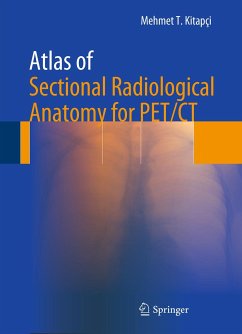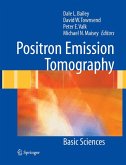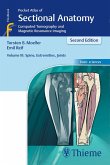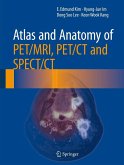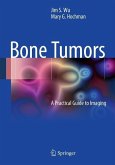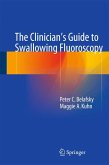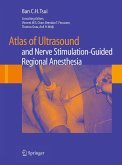Dieser Download kann aus rechtlichen Gründen nur mit Rechnungsadresse in A, B, BG, CY, CZ, D, DK, EW, E, FIN, F, GR, HR, H, IRL, I, LT, L, LR, M, NL, PL, P, R, S, SLO, SK ausgeliefert werden.
"The publication is an easy guide to consultation and is a valuable aid for all people involved in acquiring and/or reporting on a PET/CT study. Therefore, together with nuclear physicians, it can also be helpful for technologists, radiologists, residents, physicists and medical students, as a fast reference book to immediately recognize radiological sections. ... an useful publication to have everywhere PET (or SPECT)/CT studies are acquired and reported on." (Andrea Vaccaro and Luigi Mansi, European Journal of Nuclear Medicine and Molecular Imaging, Vol. 40, 2013)

